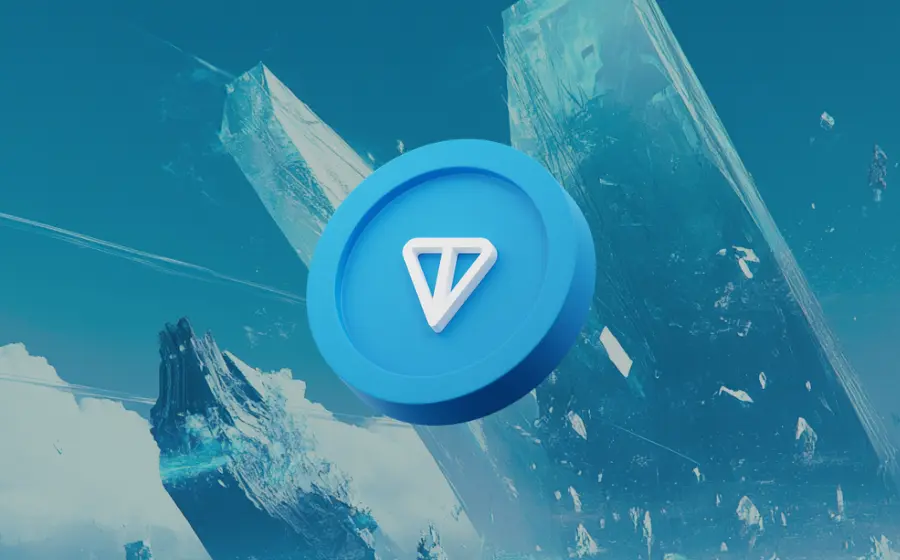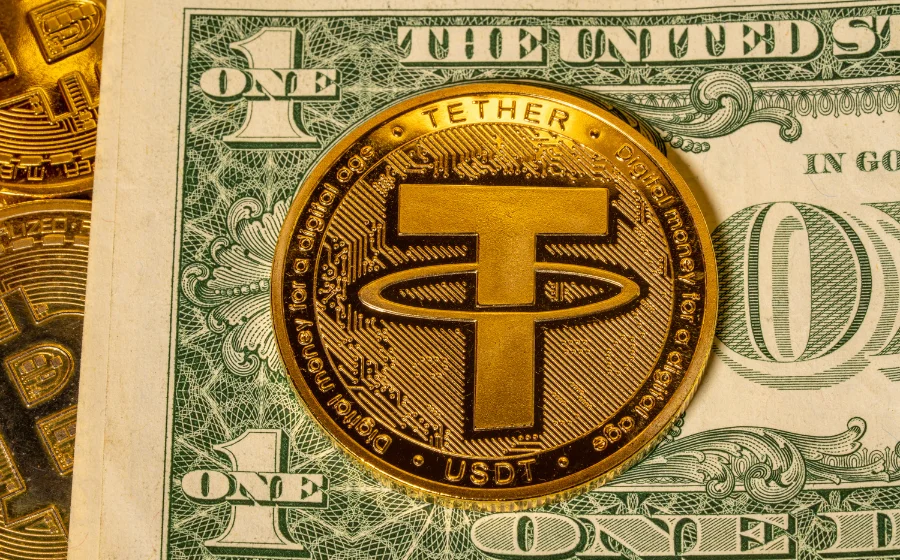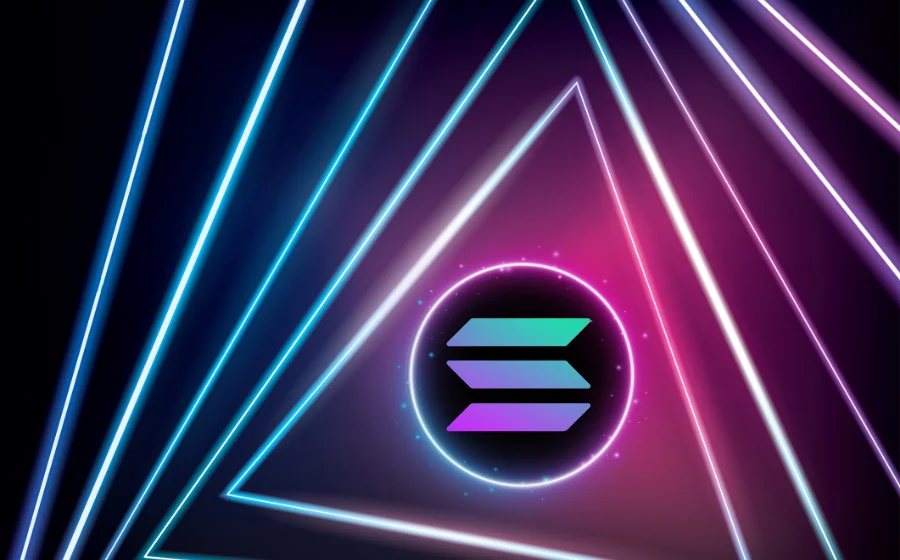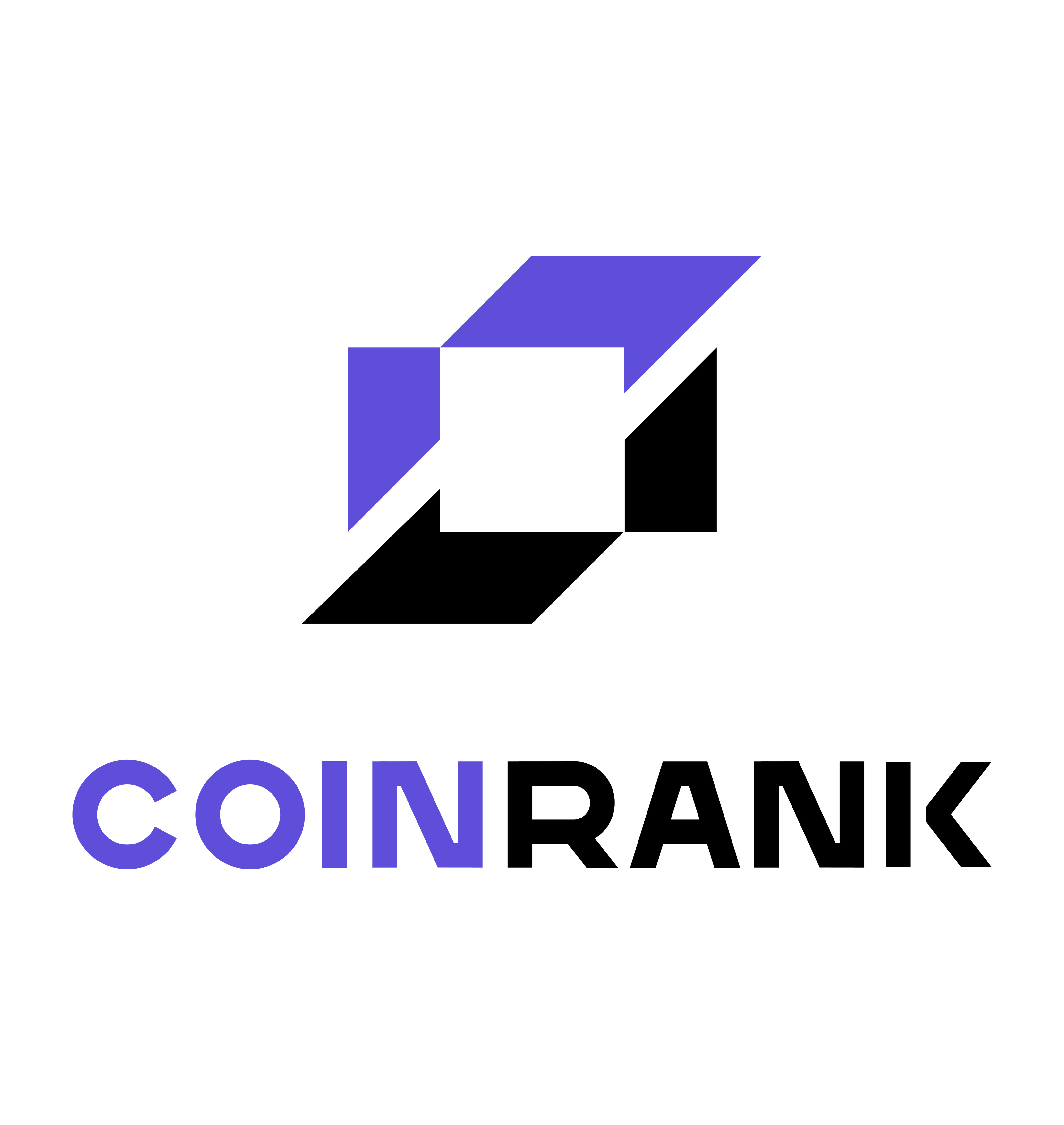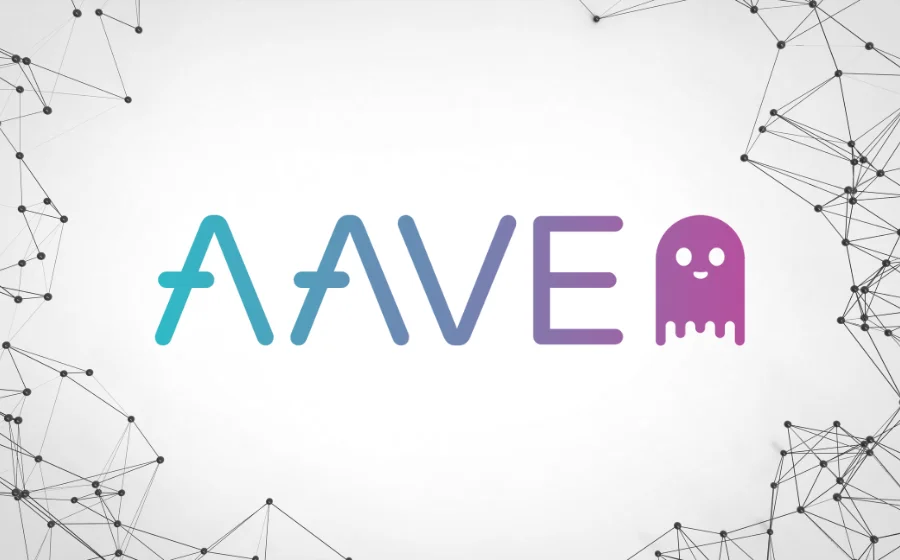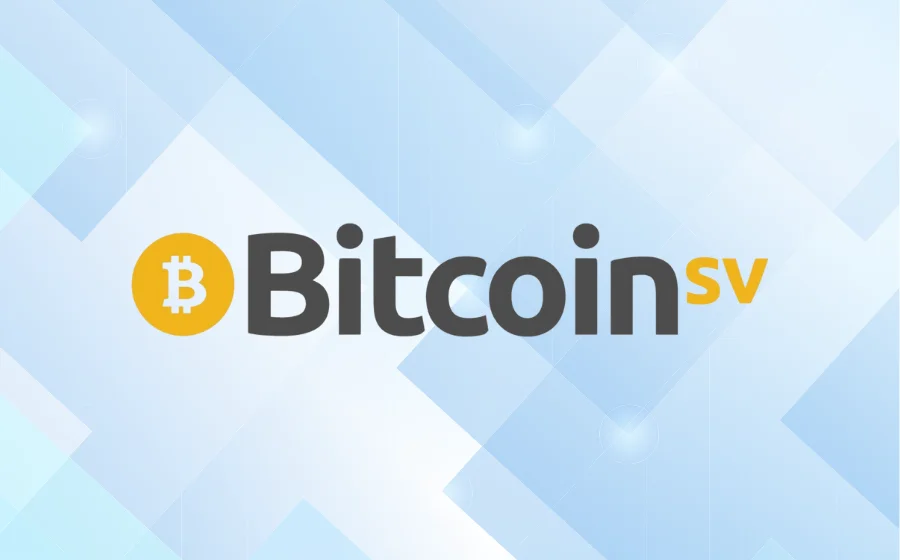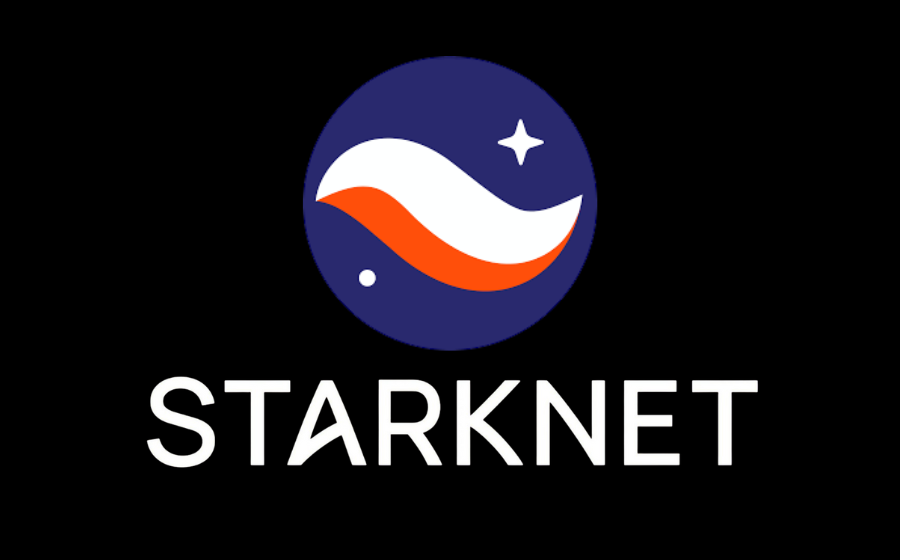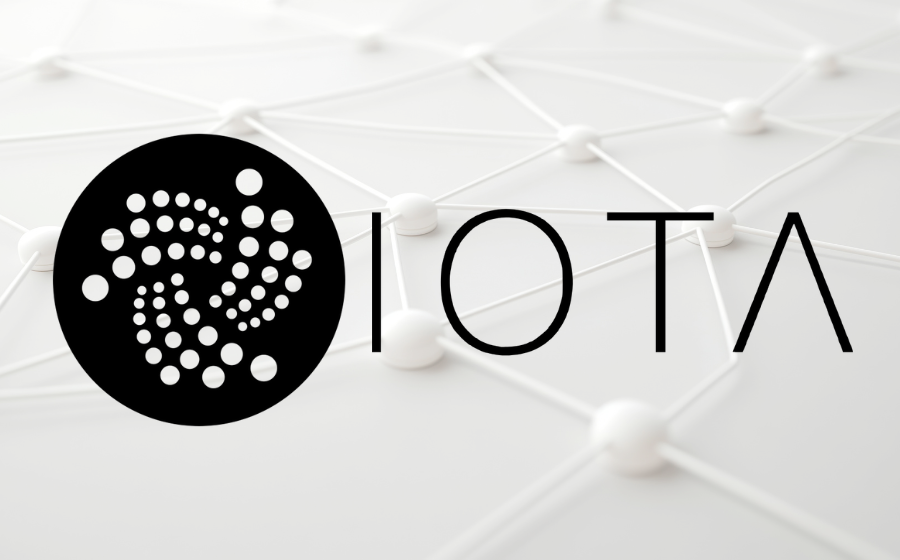
KEYTAKEAWAYS
- IOTA uses the Tangle, not blockchain
It processes transactions via a DAG structure, enabling parallel validation without miners or gas fees. - Feeless and scalable for IoT environments
IOTA is built for machine-to-machine interactions, allowing high-frequency, micro-value transactions at zero cost. - Evolving tokenomics with staking and inflation
The IOTA Rebased upgrade introduces staking rewards, validator governance, and fee-burning to support long-term sustainability.

CONTENT
IOTA is a feeless, scalable distributed ledger built for IoT. Powered by the Tangle, it enables secure machine-to-machine transactions and introduces a next-gen token model.
WHAT IS IOTA?
IOTA is a distinctive distributed ledger technology (DLT) purpose-built for the Internet of Things (IoT) ecosystem. Unlike traditional blockchains, IOTA ditches the chain entirely and instead uses a unique structure known as the Tangle—a type of Directed Acyclic Graph (DAG). This innovation addresses key blockchain limitations such as scalability and transaction fees.
The vision behind IOTA is ambitious: to bridge the gap between the human economy and the emerging machine economy. It aims to create a world where devices can not only communicate but also transact and exchange value securely and autonomously.
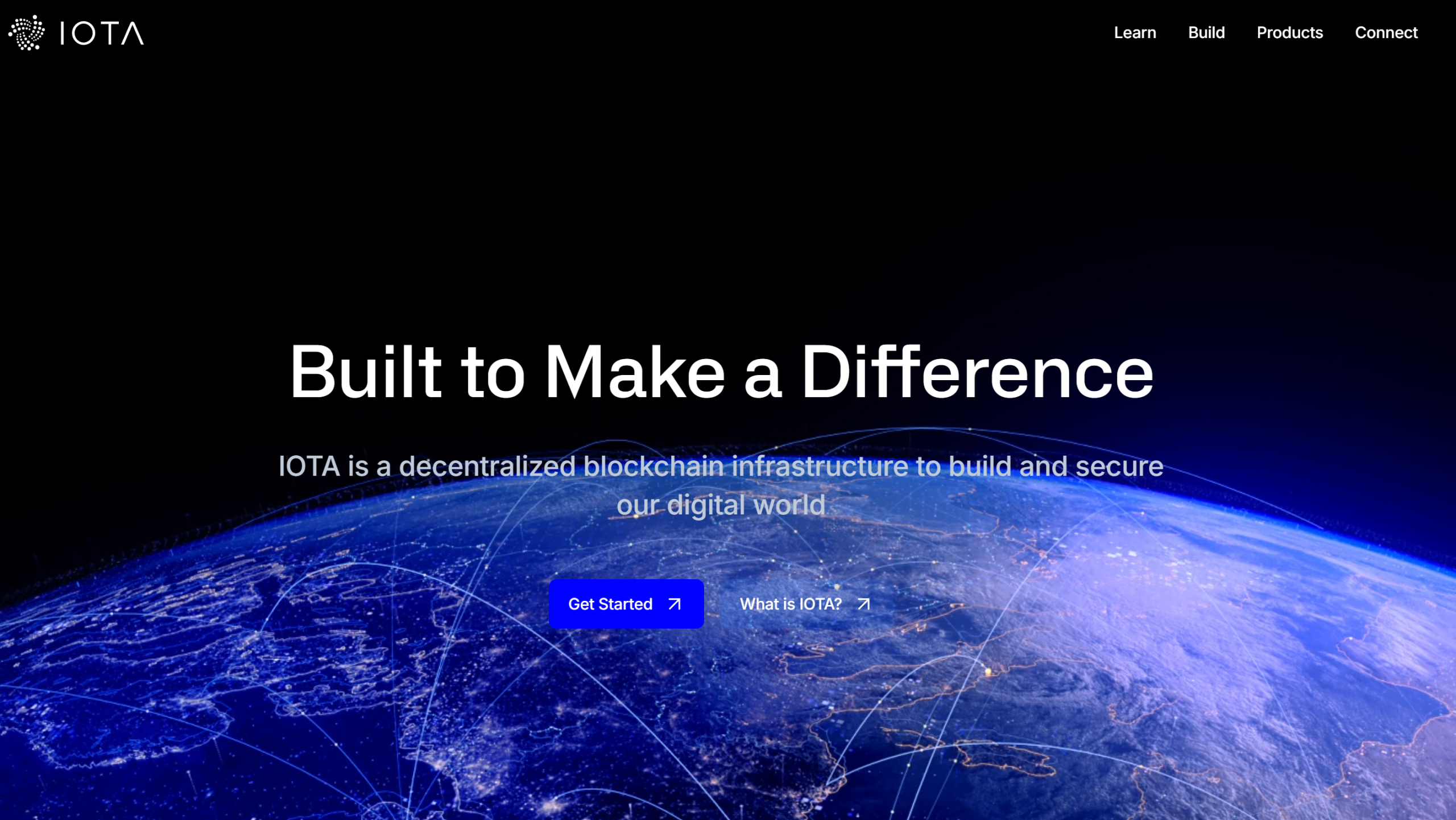
Instead of relying on miners like Bitcoin or Ethereum, IOTA enables each transaction to validate two previous ones. This minerless model eliminates transaction fees and significantly boosts scalability—an ideal fit for the fast-paced, microtransaction-heavy demands of IoT devices.
In short, IOTA isn’t just another cryptocurrency. It’s a foundational protocol designed to power the future of interconnected machines, enabling seamless, trustless value transfer in a truly decentralized IoT landscape.
>>> More to read: What is $AB? A Complete Guide
HOW DOES IOTA WORK?
IOTA is a fundamentally different kind of distributed ledger technology. Instead of using a traditional blockchain, it operates on a structure called the Tangle, a Directed Acyclic Graph (DAG) designed to support fast, feeless, and scalable transactions—particularly between machines in the Internet of Things (IoT).
.#soon is now.
The Rebased #IOTA mainnet is now live: decentralized and ready for the future.
A huge thank you to everyone who believed, built, and tested with us. IOTA is your network.
Now… here’s everything you need to dive in 👇🧵1/7 pic.twitter.com/CYon3Q2KrB
— IOTA (@iota) May 5, 2025
✅ Why Doesn’t IOTA Use a Blockchain?
Blockchains like Bitcoin or Ethereum face serious limitations in machine-to-machine (M2M) applications:
- Transaction fees are too high, making microtransactions impractical
- Scalability is limited—more users often mean slower networks
- Mining centralization introduces trust issues and inefficiencies
To solve these issues, IOTA completely abandons the traditional blockchain in favor of a new approach: the Tangle.
🔗 How the Tangle Works
In the IOTA network, each new transaction must approve two previous transactions and complete a small Proof-of-Work (PoW) task. This design brings several advantages:
- No miners: Every participant helps secure the network by validating others’ transactions
- Feeless transactions: There are no miners to reward, so there are no gas fees
- Scalability improves with use: As more devices transact, the network becomes faster and more secure
For example, when a new IoT device submits a transaction, it simultaneously contributes computing power to validate two others. This means IOTA’s performance actually grows stronger as adoption increases—something traditional blockchains struggle to achieve.
🚀 Built for the Machine Economy
The long-term vision of IOTA is to become the foundational infrastructure for the M2M economy. That vision demands a ledger that is:
- Feeless – Microtransactions between machines must have zero cost
- High-frequency – Devices may transact dozens of times per second
- Fully decentralized – No reliance on miners or centralized validators
These features are hard to achieve with blockchain, but the Tangle makes them possible. It enables autonomous devices to continuously exchange data and value without needing human intervention or incurring fees.
>>> More to read: What is Omni Network? OMNI Token Explained
IOTA ADVANTAGES
IOTA offers a range of technical and structural innovations that help it stand out in the crowded landscape of distributed ledger technologies (DLTs). Designed specifically for the Internet of Things (IoT), IOTA addresses many of the scalability, cost, and interoperability challenges faced by traditional blockchains.
🔍 Here are the key advantages of IOTA:
-
High Scalability:
Thanks to its Tangle architecture, transactions can be processed in parallel. In theory, the more devices that join the network, the faster it becomes—unlike most blockchains that slow down under heavy load.
-
Feeless Transactions:
IOTA eliminates transaction fees by removing miners and relying on a lightweight verification process. This makes microtransactions and high-frequency transactions viable, especially in IoT environments.
-
Immutability of Data:
Although it is not a blockchain, IOTA retains core blockchain features such as data immutability. Once recorded, data cannot be altered or deleted, ensuring strong security and trust.
-
Quantum Resistance:
According to its whitepaper, IOTA is designed to be resistant to quantum computing attacks—a forward-thinking feature that could protect the network from future cryptographic threats (though this has not yet been fully proven).
-
Interoperability:
IOTA enables seamless communication between different systems and devices, making it a strong candidate for powering machine-to-machine (M2M) interactions within the IoT ecosystem.
>>> More to read: What is XDC & XDC Network?
WHAT IS $IOTA?
The native token of the IOTA network is $IOTA, a core component used to enable transactions within the Tangle. While it functions as a tradable crypto asset, IOTA also powers key protocol features beyond speculation.
📌 Core Functions of IOTA:
- Payment medium: All value transfers and smart contract executions on the IOTA protocol are denominated in IOTA tokens.
- Staking mechanism: To secure the network, IOTA employs a staking model. Users lock tokens to improve the protocol’s resistance to external attacks, and receive token rewards in return, based on a fixed APY.
🪙 IOTA Tokenomics
IOTA (MIOTA) was initially launched via an ICO, raising 1,300 BTC (approximately $500,000 at the time). Its original supply model included a total supply of 2,779,530,283 IOTA, all distributed to early investors.
Later, 5% of the total supply was voluntarily contributed by the community to establish the IOTA Foundation and support further development.
🪙 Token Supply Upgrade
Following the mainnet upgrade on October 4, 2023, IOTA’s total supply increased to 4.6 billion tokens, with approximately 1.82 billion new IOTA minted and allocated as follows:
- 7.075% to the IOTA Foundation – 10% unlocked immediately, with the remainder vested biweekly over 4 years.
- 12% to the Tangle Ecosystem Association – same 10% initial unlock and 4-year vesting schedule.
- 12% to a UAE-based entity – also under the same vesting structure.
- 5% allocated to early contributors – 10% unlocked initially, with the rest vested biweekly over 2 years.
- 3.5% for airdrop incentives – same 10% upfront, 2-year biweekly vesting.
🪙 IOTA Rebased (Late 2024): A New Token Model
The IOTA Rebased upgrade, implemented in late 2024, introduced several major economic changes:
- A 6% annual inflation rate, with roughly 767,000 IOTA minted per period.
- Newly created tokens are distributed as staking rewards to validators and delegators.
- To become a validator, one must stake at least 2 million IOTA.
- Initially, the network allows for up to 150 validator slots, governed by an on-chain mechanism that can modify the limit if necessary.
💸 Transaction Fees & Deflationary Pressure
Historically, IOTA operated without transaction fees. However, under the Rebased framework:
- An average transaction fee of 0.005 IOTA is now applied.
- These fees are burned rather than redistributed—introducing a deflationary counterforce to the inflation from token minting.
✏️ Final Thoughts
With the transition to IOTA Rebased, the network has shifted toward a more mature token economy. From staking rewards and validator governance to fee burning mechanisms, IOTA now combines its feeless foundation with modern crypto-economic tools to support long-term sustainability in a decentralized, machine-driven future.

